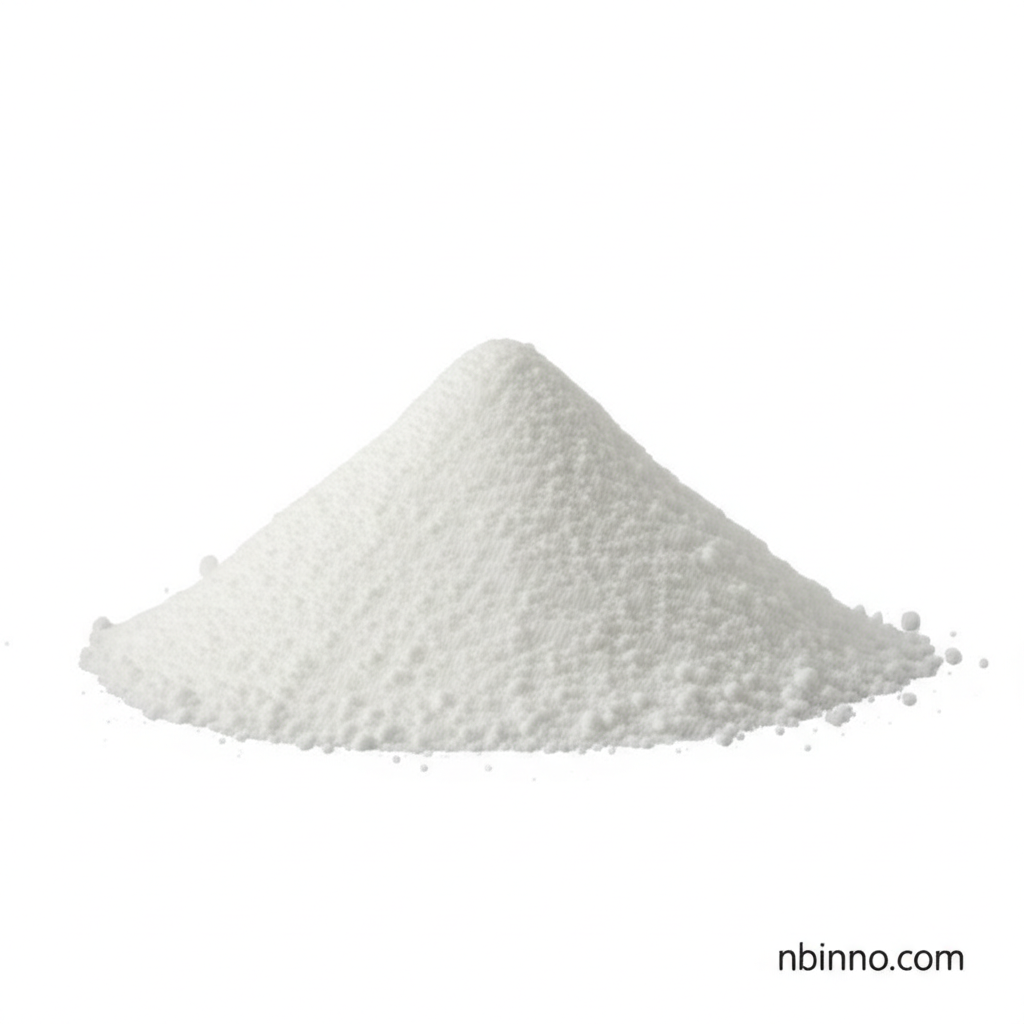High-Purity Peptide: Understanding the Applications and Supplier Information for Melanotan 1
Explore the scientific insights into Melanotan 1 (CAS 75921-69-6), a synthetic peptide crucial for research in skin pigmentation and related fields. Discover its benefits and sourcing from trusted manufacturers.
Get a Quote & SampleUnlock the Potential of Advanced Peptide Synthesis

Melanotan 1
As a leading supplier of research chemicals in China, we offer high-quality Melanotan 1 (CAS 75921-69-6) for your scientific endeavors. This synthetic peptide is renowned for its role in stimulating melanin production, making it a key compound in dermal research and the cosmetic sector. Partner with a reliable manufacturer for your critical research needs.
- Discover the benefits of Melanotan 1 for skin tanning research
- Learn about its mechanism of action as an α-MSH analog
- Source high-purity peptide compounds from a trusted manufacturer
- Inquire about Melanotan 1 price and availability for bulk purchase
Key Advantages of Partnering With Us
Exceptional Purity and Quality
Our Melanotan 1 is synthesized with a commitment to high purity (99% min), ensuring reliable and reproducible results for your research. We prioritize quality control to meet the stringent demands of scientific applications. Buy with confidence from a reputable supplier.
Expertise in Peptide Manufacturing
Leverage our extensive experience as a chemical manufacturer specializing in peptides. We adhere to strict production standards, offering you a consistent supply of essential research compounds. Contact us to buy directly from the source.
Dedicated Research Support
We understand the complexities of research and development. Our team is prepared to provide essential information and support to help you integrate Melanotan 1 into your studies. Get a quote today and learn how we can support your procurement process.
Diverse Research Applications
Skin Tanning Research
Investigate the mechanisms of skin pigmentation and tanning with high-purity Melanotan 1. Understand its role in melanin synthesis for cosmetic and dermatological research.
Cosmetic Ingredient Development
Explore the potential of Melanotan 1 as a functional ingredient in advanced cosmetic formulations. Its ability to enhance skin tone makes it a compound of interest for innovative product development.
Pharmaceutical Intermediate Studies
Utilize Melanotan 1 as a key intermediate in pharmaceutical research, exploring its structural properties and potential biological activities. As a leading manufacturer, we ensure reliable supply for your R&D pipeline.
Biomedical and Health Research
Examine the broader biological impacts of Melanotan 1, including its interactions with melanocortin receptors and potential roles in various physiological processes beyond pigmentation.
